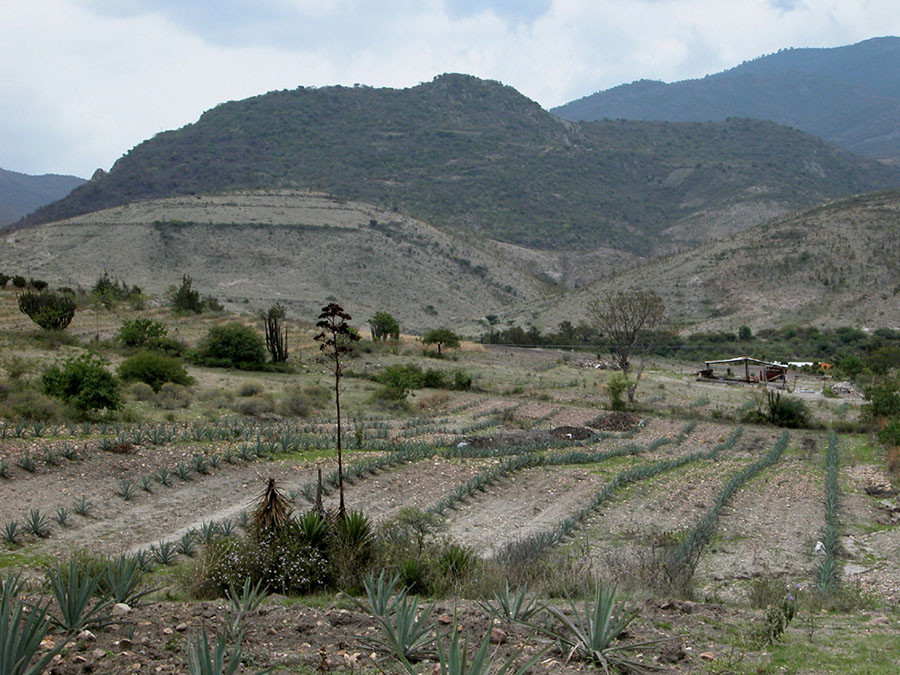An international team of researchers, united by the Internet project ArchaeoGLOBE, came to the conclusion that people began to significantly affect the environment about 3-4 thousand years ago. This was reported in the journal Science. Thus, the time of the onset of the Anthropocene (the geological era, which is characterized by a significant human influence on the Earth’s ecosystem. - RT ) has been shifting from the middle of the 20th century, as previously thought, to the depth of centuries.
The goal of the ArchaeoGLOBE Internet project is to obtain and analyze archaeological data on land use over the past millennia.
225 archaeologists from around the world took part in studying the global influence of man on the planet, more than 100 of them became co-authors of scientific work. Headed the study by Lucas Stevens from the University of Pennsylvania.
Scientists have collected and systematized archaeological data on land use in 146 regions on all continents of our planet, except Antarctica, from the early Holocene (about 11 thousand years BC - RT ) until the middle of the XIX century.
As a result, the researchers got a comprehensive picture of the anthropogenic impact on nature and came to the conclusion that primitive human technologies began to have a global impact on the environment.
“The impressive results of working together on the analysis of“ big data ”show that the transformation of our planet by man began long before the first test of the atomic bomb, the invention of the steam engine and other events proposed as reference points for the Anthropocene, ” said one of the study participants, archaeologist Neil Roberts.
Scientists have found that as a result of human activity, deep, sometimes irreversible transformations of the ecosphere began to occur 3-4 thousand years ago. According to researchers, this process began with the domestication of animals and agriculture.
An analysis of the data showed that in more than half of the regions of the world, the methods of food production — hunting, gathering, and fishing — characteristic of the Holocene — began to give way to cattle breeding and agriculture about 3-4 thousand years ago.
- Reduced role of gathering, hunting and fishing. Nicolas Gauthier / Arizona State University for ArchaeoGLOBE
So, about 8 thousand years ago, cattle breeding from South-West Asia gradually began to spread to areas of North Africa and Eurasia, and after 4 thousand years it became a common occurrence in these territories.
In turn, about 6 thousand years ago, agriculture was practiced in almost half of the regions of the world, and after three millennia it became almost ubiquitous on our planet.
Thus, scientists questioned the “anthropogenic paradigm,” suggesting that large-scale environmental changes occurred in the middle of the 20th century.
- Archaeological site in Mexican El Palmillo with cultivated fields in the foreground
- © Linda M. Nicholas, Field Museum
The term "anthropocene" was coined by a Nobel laureate - chemist Paul Krutzen. He declared in 2000 that we no longer live in the Holocene - an era during which humanity massively settled around the planet and built cities.
Scientists recognize that at present, the rate of anthropogenic changes is much higher than in the distant past. At the same time, researchers note that for a better understanding of how people will interact with the environment in the long term, it is necessary to take into account the deep influence of man on nature in a historical context. This will allow us to plan future climate scenarios and, possibly, lead to the search for ways to mitigate the negative impact on soil, vegetation and climate.
“To come to understand how humanity has interacted with the environment for a long time in the past is one of the surest ways to understand how it will approach this interaction in the future. We are not starting from scratch, we have come a long historical way, ”concluded archaeologist Michael Burton, co-author of the study.

